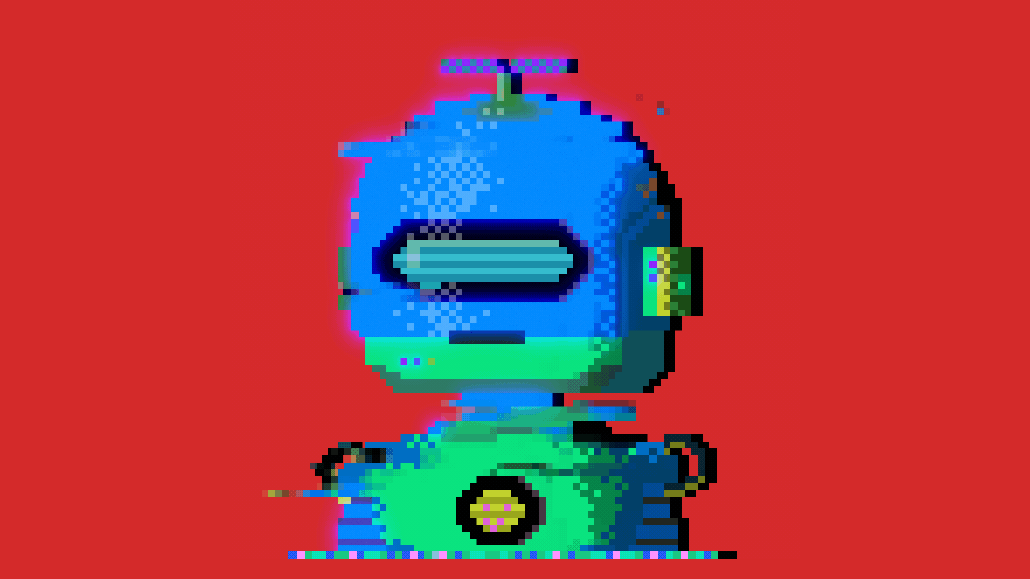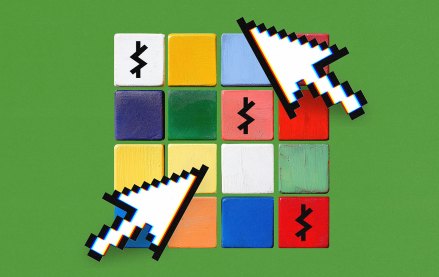Meta adds more AI features for advertisers with new image and text generation tools

Meta is expanding its generative AI ad tools with more ways to create images and text — but not yet giving marketers carte blanche for creative automation.
Yesterday, Meta announced advertisers will be able to upload reference images to create AI-generated variations. For example, they can upload an image of a coffee mug and receive an array of options for using the same mug in new settings. Meta also is adding tools for using AI to generate headlines based on reference text and to create text overlays for images based on previous campaigns and products.
The new tools, which will be available through Meta’s Advantage+ Creative portal, build on other generative AI features for users and advertisers introduced in recent months. Marketers also will get more creative freedom in the coming months with the addition of text-based prompts to customize their options. Soon, Meta’s generative AI ads will be powered by its Llama 3 large language model, which debuted last month.
The goal is to use AI to create faster variations of ads that improve performance, according to John Hegeman, Meta’s head of monetization. While some smaller advertisers have been beta testing the new AI ad tools, Meta plans to roll them out globally by the end of 2024.
“Imagine you’re promoting your coffee business by advertising a fragrant cup of coffee,” Hegeman said at a press briefing on Tuesday in New York. “Our generative AI will be able to create variations of your ad creative, including scenery that embodies a lush farm and also provide adjustments to the coffee cup to offer you more creative options to choose from.”
The AI tools will be free for advertisers, but they won’t be available for political advertisers, which are still banned from running political ads made with generative AI. For non-political ads that are eligible for AI creative, Meta also will remove the “Imagined With AI” label that already automatically watermarks user-generated AI images. However, it’s still unclear whether it will become a loophole for getting around AI disclosures on Facebook, Instagram and elsewhere online. As for how ads with AI images will be labeled, Hegeman said Meta is still “working through some of the details” with tests ongoing and a broader rollout planned by the end of 2024.
The updates come as many advertisers and consumers remain wary about AI-generated content. They also arrive as Meta’s automated ad platform Advantage+ faces ongoing criticism from advertisers over the lack of transparency and recent complaints of automation causing some advertisers to overspend.
Some marketers say the AI ad upgrades could help small businesses create more content. Others think it could lead to a sea of sameness on social platforms if ad creative all starts to look the same. Jeremy Goldman, an analyst at eMarketer, said that’s already happened on platforms when tech updates remove friction but also democratize creative techniques. He mentioned some examples like overlays becoming easier on TikTok and when backing tracks became easier to add to Reels.
Mixed with increased interest in AI ads is advertisers having a “degree of trepidation” about Advantage+ concerns and other issues with Meta AI, which recently rolled out to rival others like ChatGPT and Bard. Goldman also noted some advertisers feel platforms like Meta and Google become “too big to fail” when they don’t have alternatives for getting the same reach.
Meta isn’t the only platform adding new generative AI tools for businesses. Others include Google, Snap, Nextdoor and Reddit. While Google’s added AI image creation for demand-gen campaigns and ways to find new audiences, Snap is using AI to speed up augmented reality lens creation. Meanwhile, Nextdoor’s ads platform has ways for businesses to create AI-generated ad copy and other AI tools using the company’s own local LLM.
Proprietary data, internal LLM and an owned audience are three things that will help the platform compete on the AI front, according Nextdoor CEO and co-founder Nirav Tolia. When asked by Digiday if Nextdoor plans to add tools for AI-generated images and video for advertisers, Tolia said the company’s current ad unit is “showing increased performance and so that’s where we’re focused first.”
“If we do this right, AI should transform across our business — all of the things our consumers and advertisers touch,” Tolia said. “…If we believe those things can bring value to advertisers, we absolutely will do that. But we’re not dogmatic in that area. We’re very pragmatic.”
More in Media Buying

As Integral Ad Science marks its fourth anniversary on the Nasdaq, speculation mounts over its future
Efforts are underway to take IAS private but there are varying levels of interest from private equity groups.

Media Buying Briefing: Two years later, media buyers still aren’t fully sold on The Trade Desk’s Kokai platform
Two years after its launch, The Trade Desk’s Kokai tool has acquired a mixed reputation among the agency media buyers it was designed for.

The Rundown: The regulatory hurdles still in the way of the Omnicom-IPG merger
British, Australian and EU regulators are all looking into mega agency merger.






